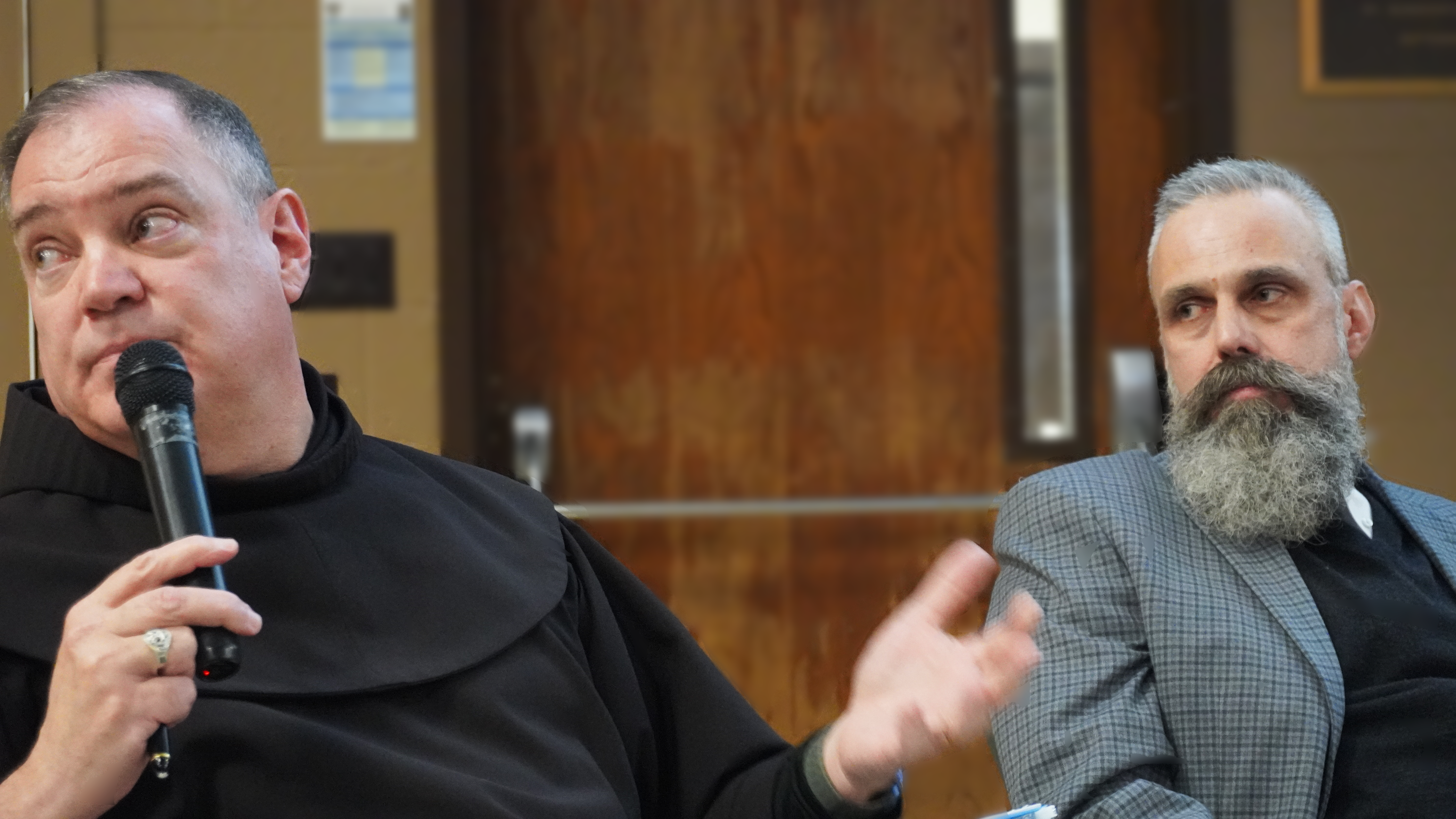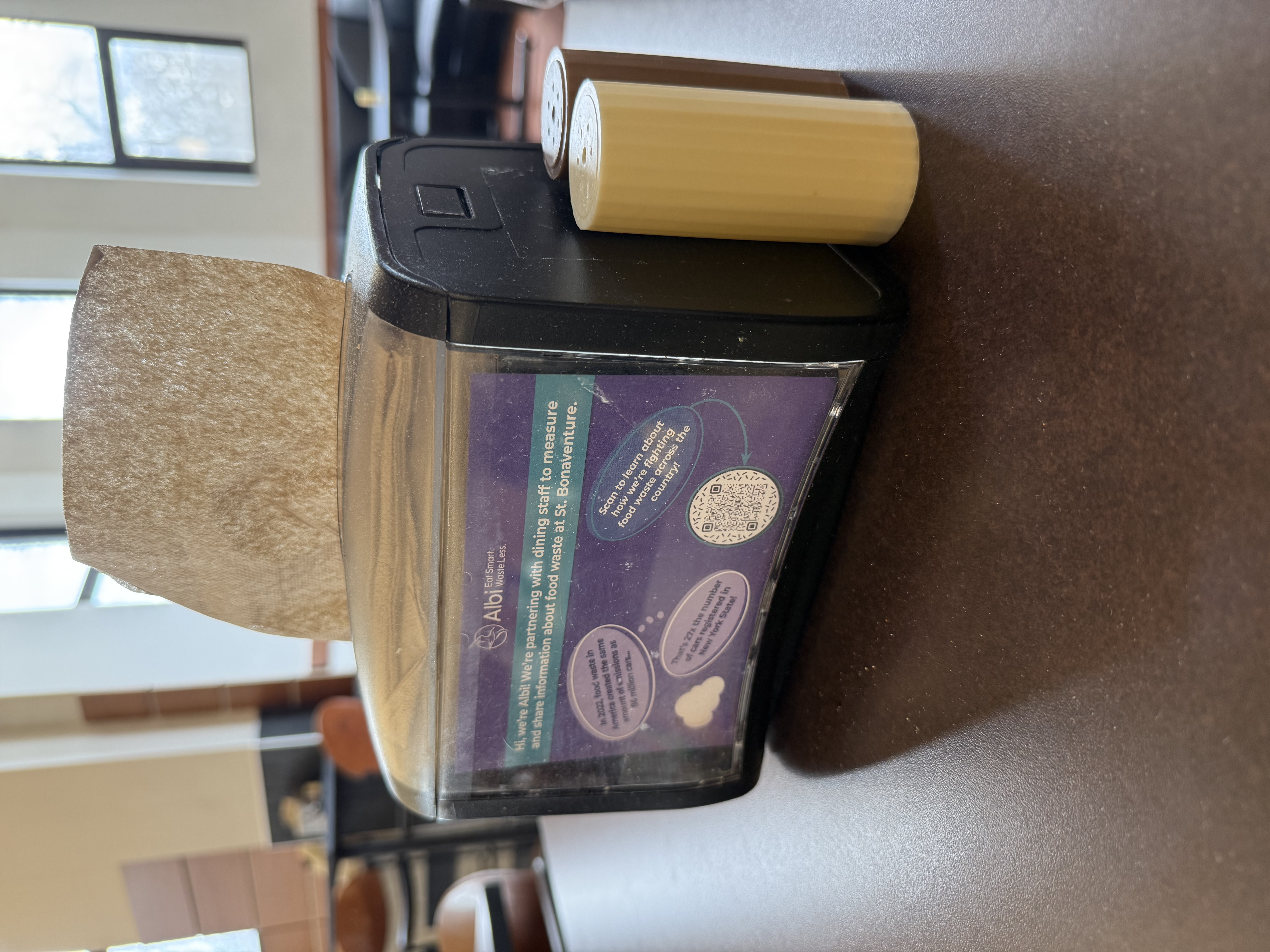After a comment made by Safety and Security Director Gary Segrue in last week’s edition of The Bona Venture, regarding the May 8 vandalism of Loughlen Hall, some students and faculty questioned campus procedure for law enforcement intervention in on-campus student offenses.
According to Segrue, local law enforcement intervention in on-campus matters is generally uncommon for “low-level crimes.”
“The last thing we want to do here is give students at St. Bonaventure a criminal record,” Segrue said in a story by contributing writer Bryce Spadafora. “We usually allow students to come forward, but if it is a felony or a drug-related crime, law enforcement is involved.”
According to New York State Penal law, this vandalism, if handled externally, would constitute as felony criminal mischeif in the third degree. In order for a crime to qualify as such, damages to another person’s property must exceed over $250.
For some, Segrue’s statement begged discussion over the effectiveness of this structure.
Elyse Kuhn, a sophomore early-childhood education major, said that Segrue’s rationale of protecting students’ records is fair, but that law enforcement intervention could be needed if this sort of vandalism continues.
“I think, theoretically, [avoiding lack of law enforcement intervention] is a good idea,” she said. “However, if it keeps happening over and over again, it might come to a point where it does become a problem.”
For Kuhn, she feels a line should be drawn where vandalism affects personal property – as opposed to university-owned materials, such as the furniture and technology damaged in this specific case.
“If there were some sort of vandalism to someone’s personal property, and it was some sort of attack to them, that’s definitely not okay,” Kuhn explained.
Colleen Corrado, a junior biology major and resident assistant, echoed Kuhn’s outlook, stating she feels current policy is adequate.
“If outside law enforcement is involved, the university loses control of the penalty and can no longer advocate for the student in any manner. However, if an incident endangers a student in any matter and must be brought to external law enforcement, then that action should be taken. Whenever the safety of a student or campus community member is in question, the necessary action should be taken, even if it requires external resources.”
Mary Frye, a senior strategic communication major, said she feels a commonly understood, transparent standard for handling internal crimes could become a problem down the line. She added that it may have been what was best in this case, though.
“Because there are lessened repercussions, students are less likely to fear getting in trouble for committing such offenses,” Frye said.
In response to campus conversation, Segrue clarified the rationale behind Safety and Security’s choice to handle most on-campus matters.
“When a crime occurs on campus and is reported to Safety and Security, Residential Life or the Wellness Center, the victim is advised of his or her option of reporting to either law enforcement or [can] allow it to be handled internally,” Segrue explained. “St. Bonaventure University is the victim in this case. The students were identified immediately and will not only pay over $10,000 in restitution, but go through the judicial process and be subject to other sanctioning.”
Segrue said he feels this option is the most ideal avenue for handling matters such as vandalism, which he cited as the most commonly committed, on-campus crime.

Bonaventure Responds to Student Visa Revocation
The Administration Building at St. Bonaventure Univerisity Photo courtesy of The Bona





